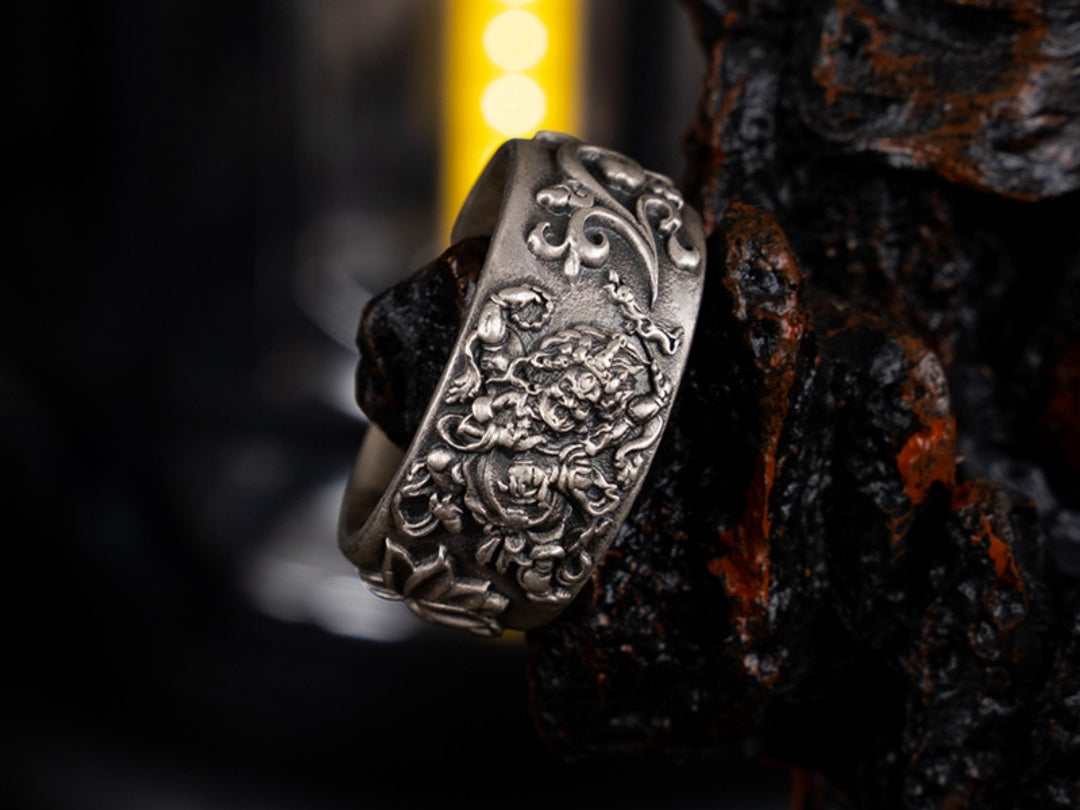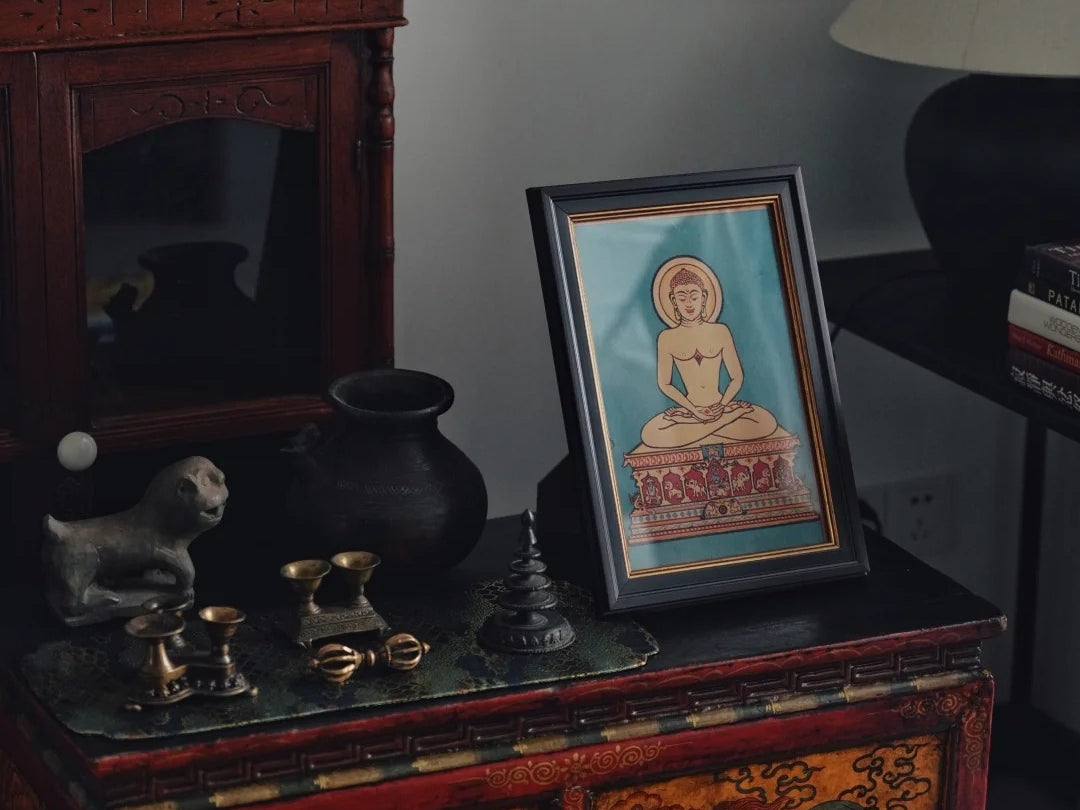For many collectors and conscious buyers, Tibetan jewelry and Himalayan crafts hold more than aesthetic value—they carry stories of lineage, community, and faith. Yet as global demand for handcrafted spiritual jewelry grows, so does the importance of understanding where and how these pieces are made. Whether you’re shopping for a hand-carved amulet or a Thangka pendant, knowing how to identify an ethical artisan cooperative in Tibet can help ensure your purchase supports fair trade and cultural preservation.
What Defines an Ethical Artisan Cooperative?
An artisan cooperative is not just a workshop—it’s a shared community space where craftspeople own part of the business, make decisions together, and share profits. These cooperatives often emerge in Himalayan regions like Lhasa, Kathmandu, and Dharamshala, offering local artists stable wages and access to fair trade networks. In contrast, mass-production workshops may pay piece rates, outsource labor, or fail to disclose sourcing practices.

Ethical cooperatives tend to show clear hallmarks of transparency and community reinvestment. Below is a simple checklist to help you identify them.
Quick Ethical Sourcing Checklist
✅ 1. Transparent Origins
Reputable sellers share where their pieces are made—often naming the cooperative, town, or artisan group. If this information is vague (“Made in Tibet” without details), it’s worth asking for more specifics.
✅ 2. Fair-Wage Practices
True fair trade Tibetan jewelry producers pay artisans hourly or salary wages above regional minimums, not per-piece payments. They may also provide training, childcare, or profit-sharing systems.
✅ 3. Verified Partnerships
Look for collaborations with certified organizations—such as the Fair Trade Federation, WFTO, or independent audits. Even small cooperatives often have local NGO verification or documented fair labor commitments.
✅ 4. Responsible Material Sourcing
Ethical groups disclose gemstone and silver sourcing, avoiding stones mined under exploitative conditions. They often buy from traceable suppliers or recycle silver from older jewelry.
✅ 5. Cultural Integrity
Cooperatives that maintain traditional symbols (like the Ashtamangala or mantras) with accuracy, rather than commercial reinterpretations, usually indicate deeper community involvement and respect for heritage.

Red Flags to Watch For
-
Vague or missing sourcing details
-
Prices far below typical artisan rates (suggesting mass production)
-
Sellers avoiding questions about who made the item
-
Excessive “handmade” claims without names or photos of artisans
-
Imported raw materials with no sourcing transparency
How to Ask Sellers the Right Questions
When in doubt, reach out. A transparent seller will always welcome your curiosity. You can use a short email like this one:
Subject: Inquiry About Artisan Provenance
Dear [Seller’s Name],
I’m interested in purchasing one of your Tibetan jewelry pieces and would love to know more about where it was made. Could you please share:
– The name or location of the artisan cooperative or workshop
– How artisans are compensated (hourly, salary, or per-piece)
– Whether the silver and gemstones are locally or ethically sourcedThank you for your time—I really value knowing the story behind what I wear.
Best,
[Your Name]
This simple message helps signal to brands that buyers care about provenance and ethical practice—and encourages greater industry transparency.

Why It Matters
Each time a buyer asks a question or chooses an ethical cooperative, it reinforces fair labor standards, sustainable material use, and cultural respect. It means more than just buying jewelry—it means sustaining livelihoods, keeping ancient techniques alive, and valuing the humanity behind every handmade piece.
So the next time you browse Tibetan jewelry online, pause for a moment. Ask who made it. Ask where. That single question can help transform how global craft traditions survive in the modern world.




